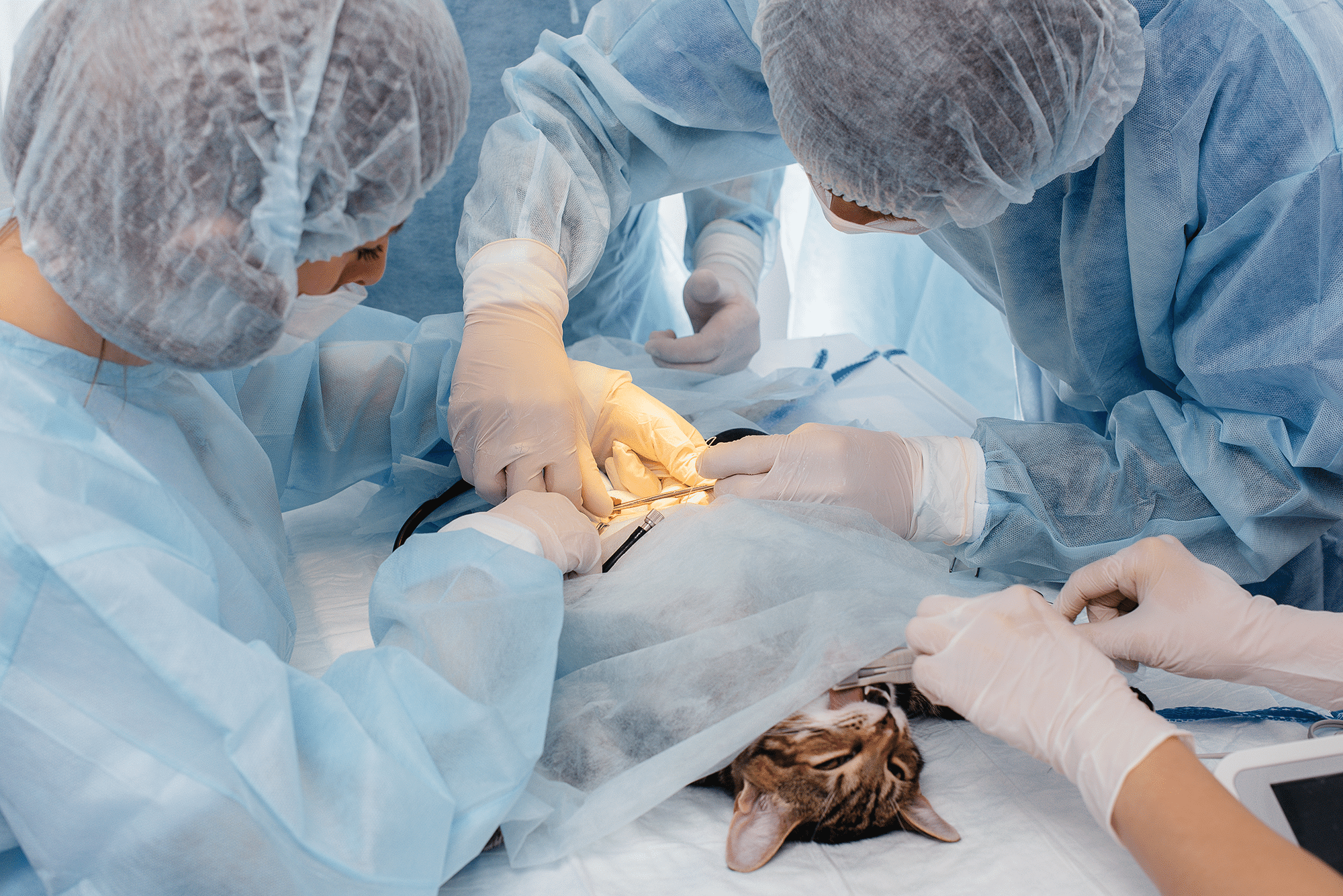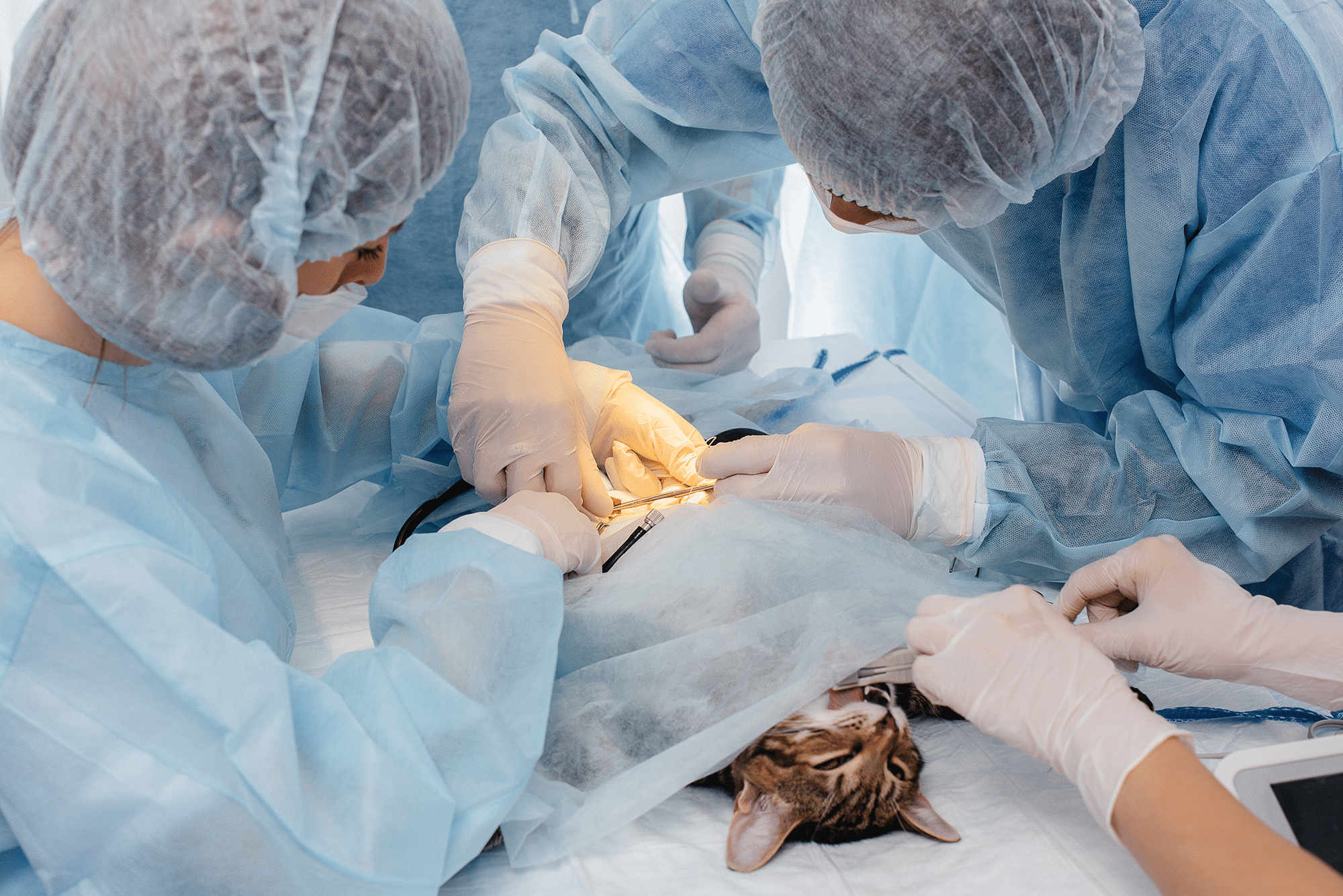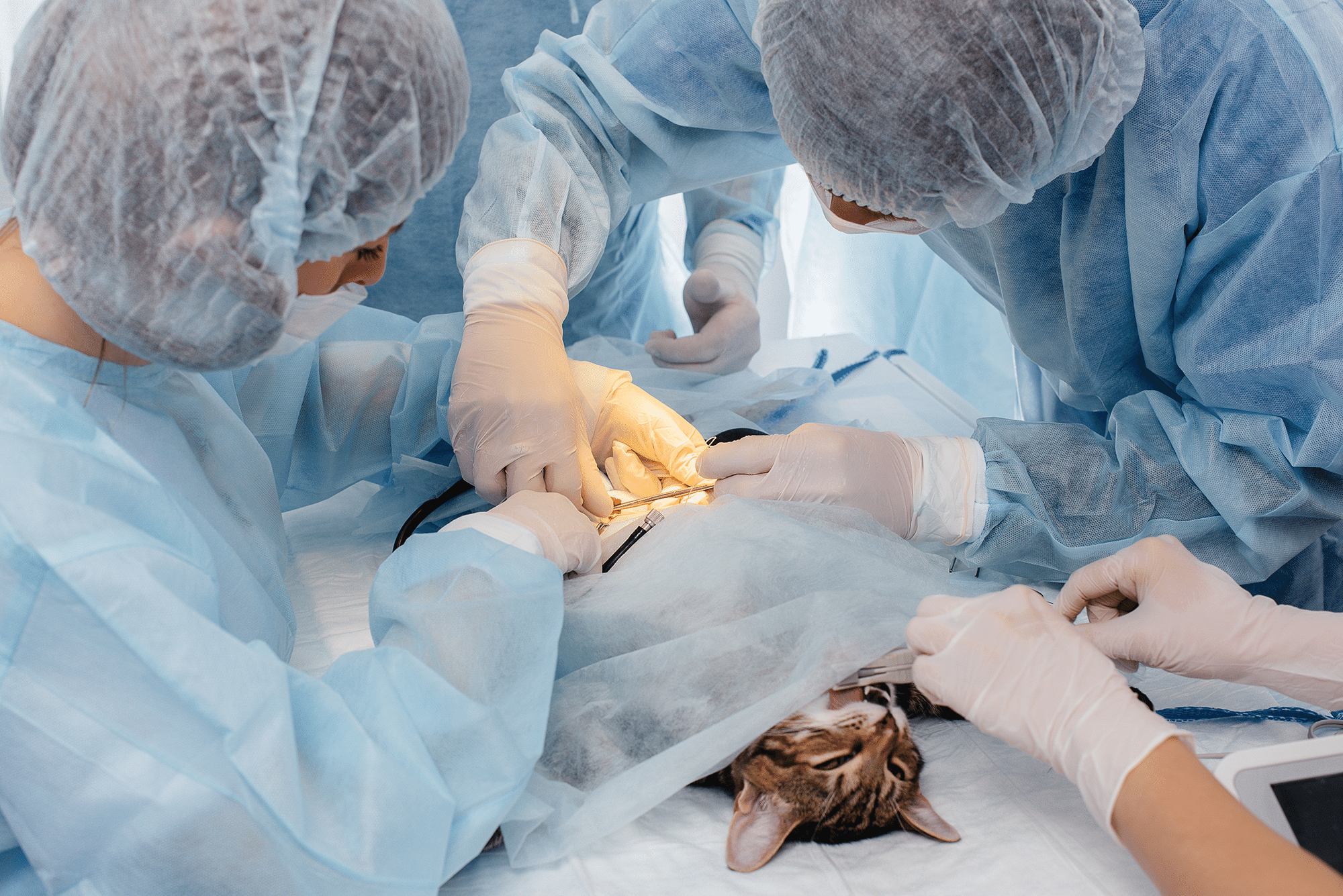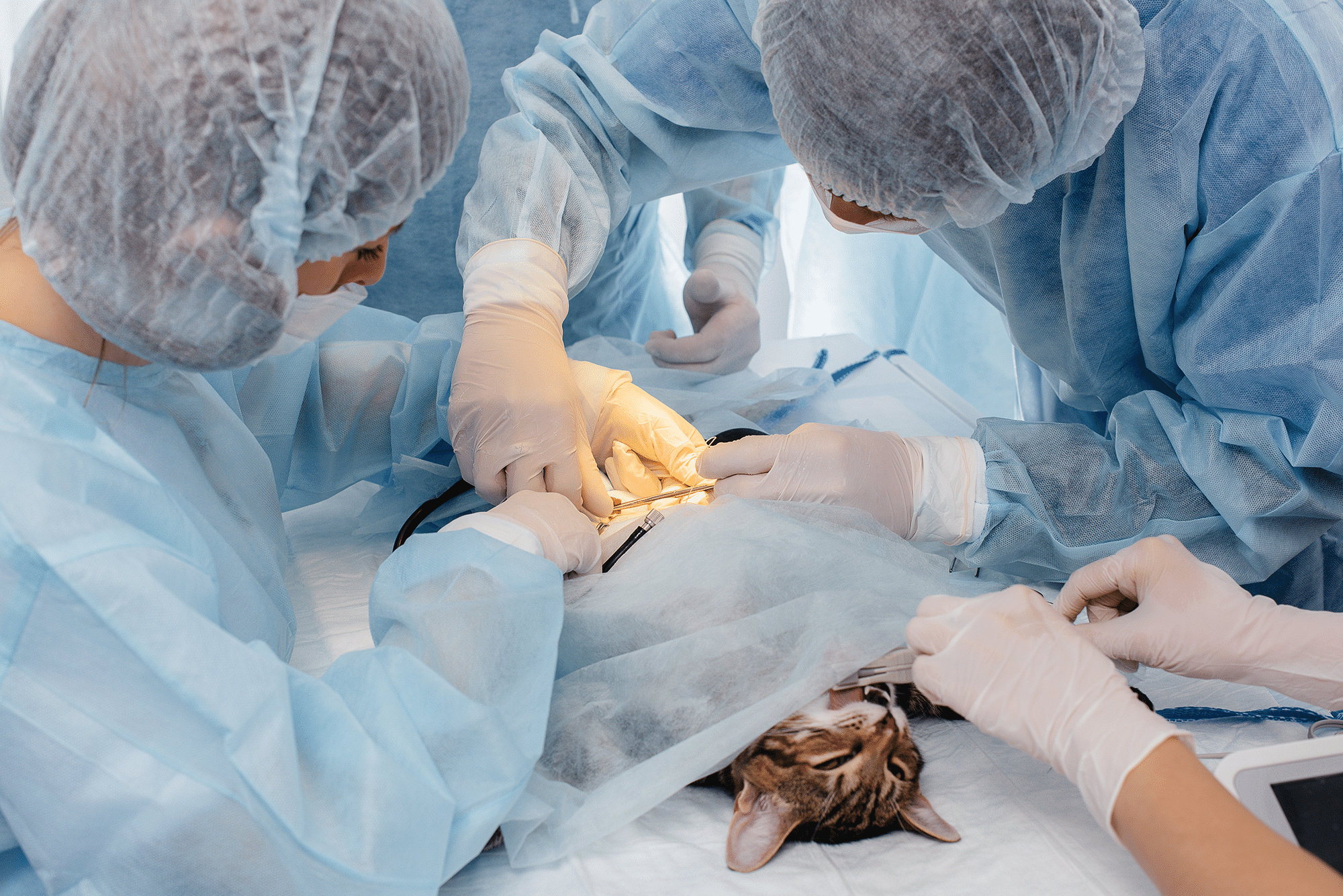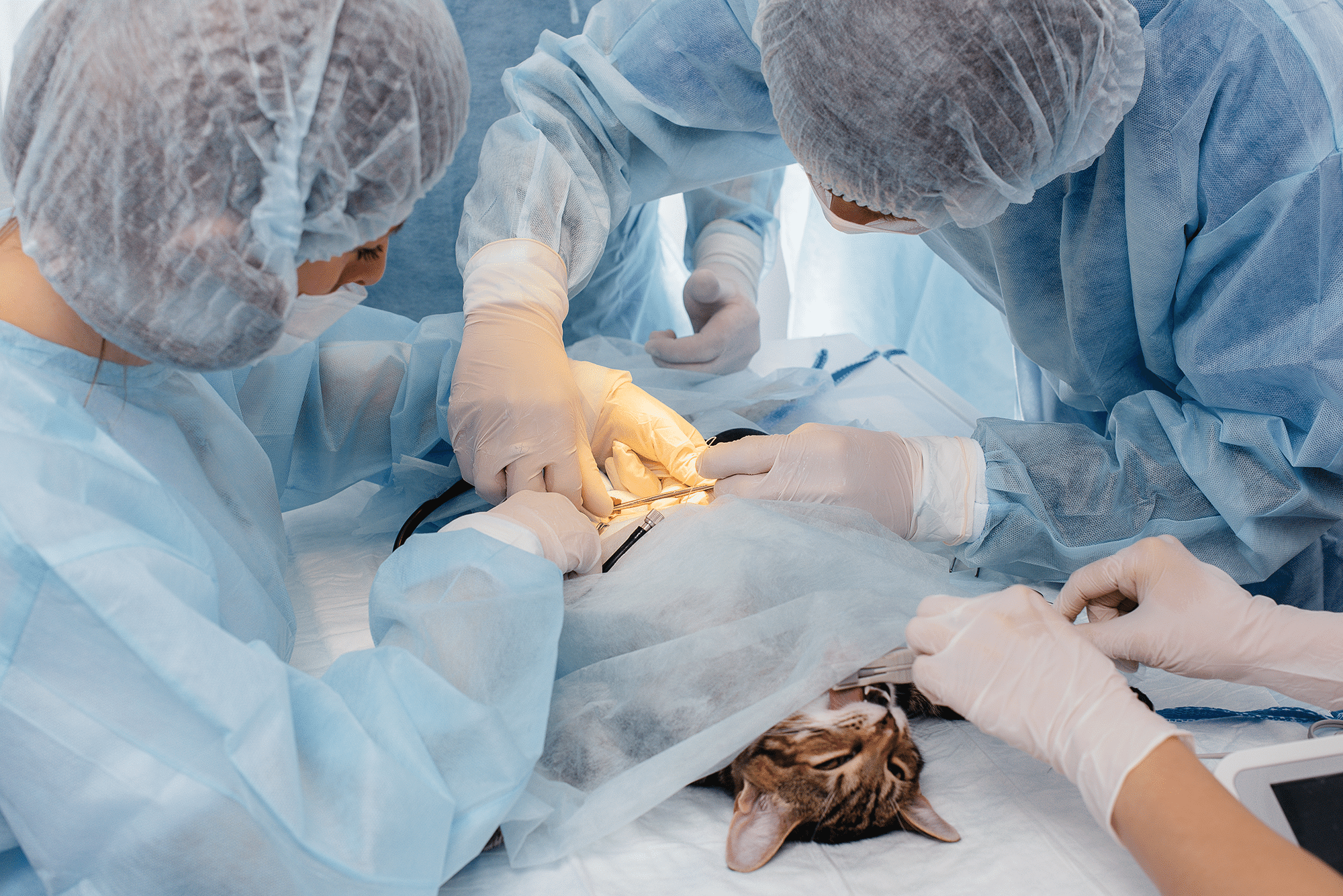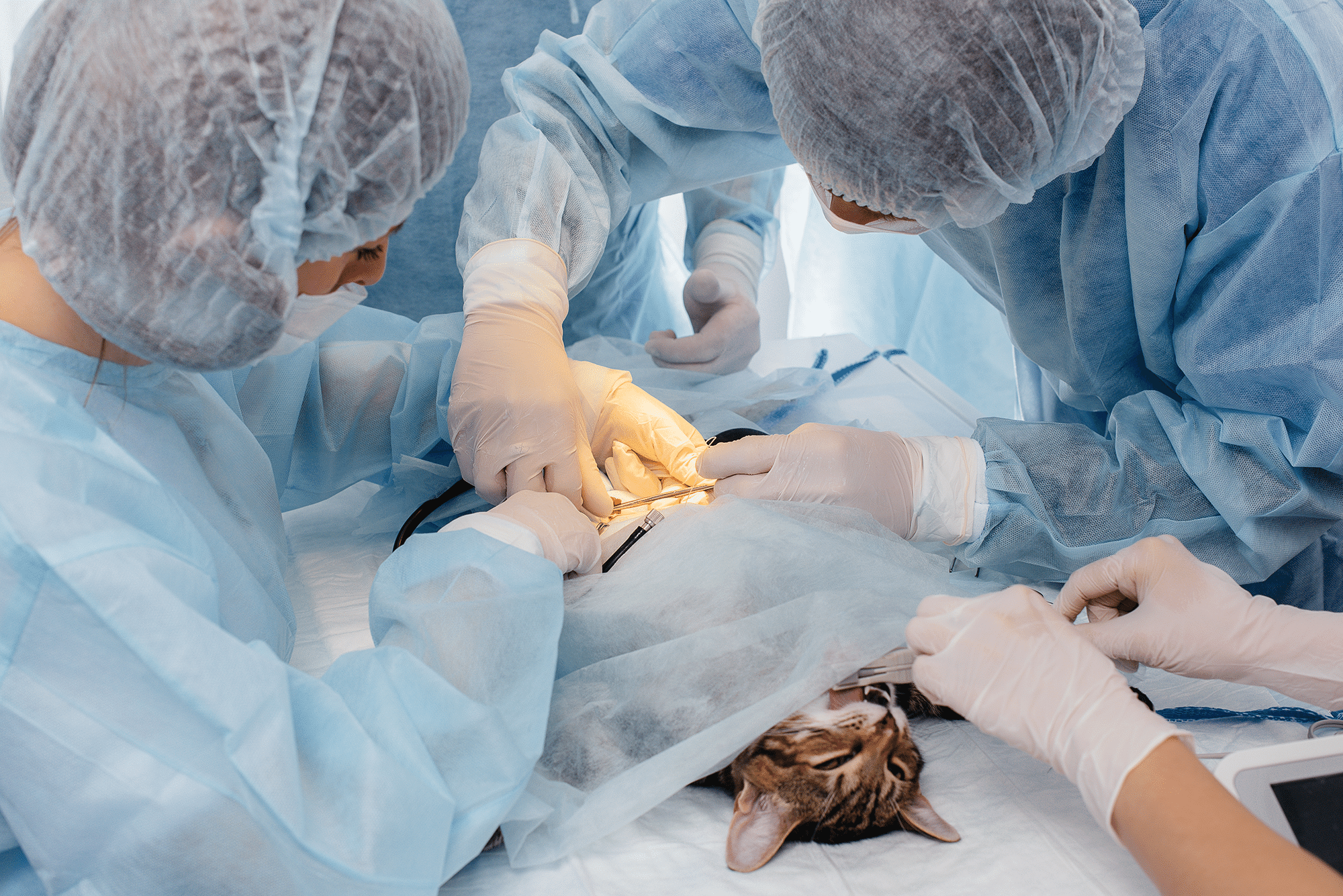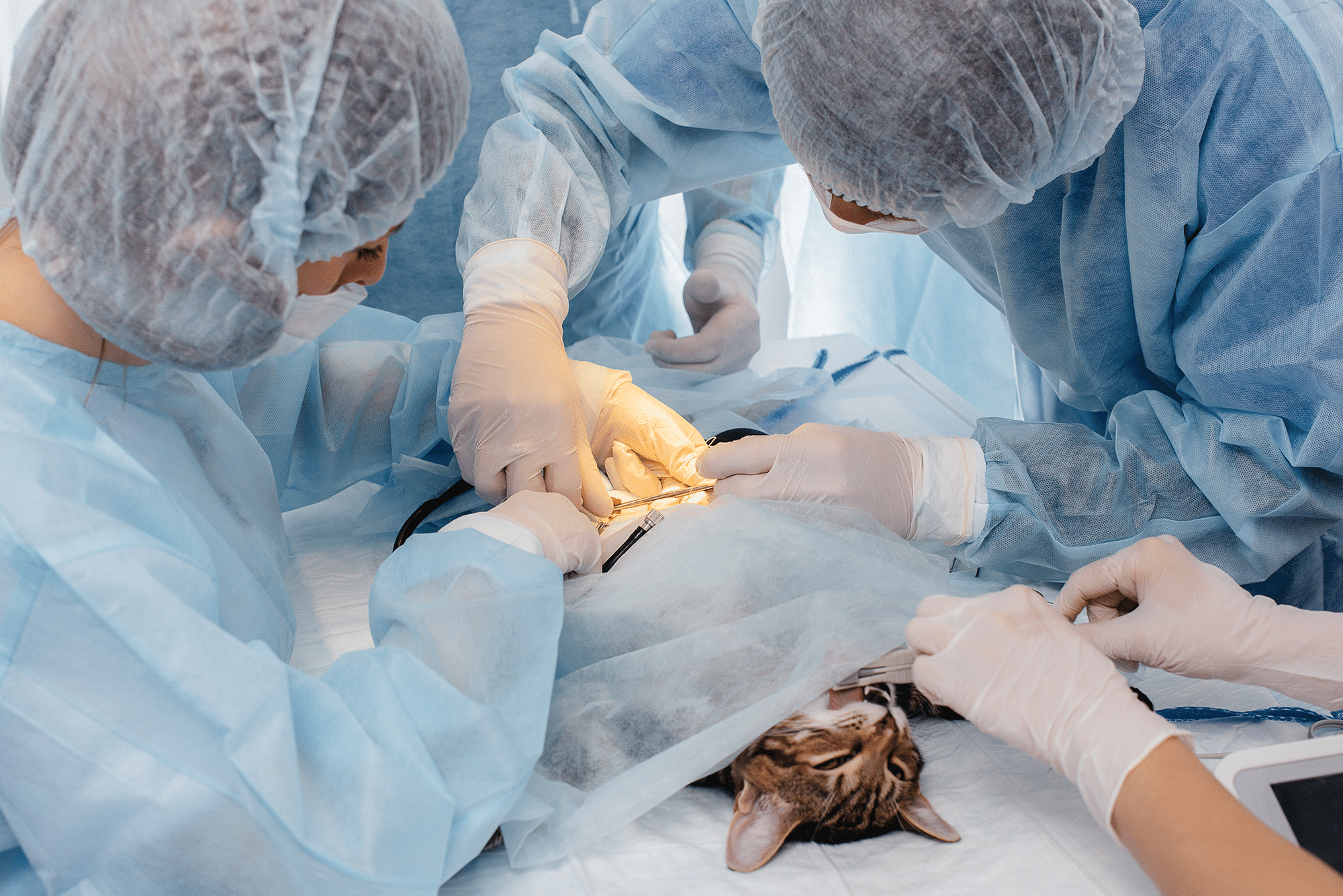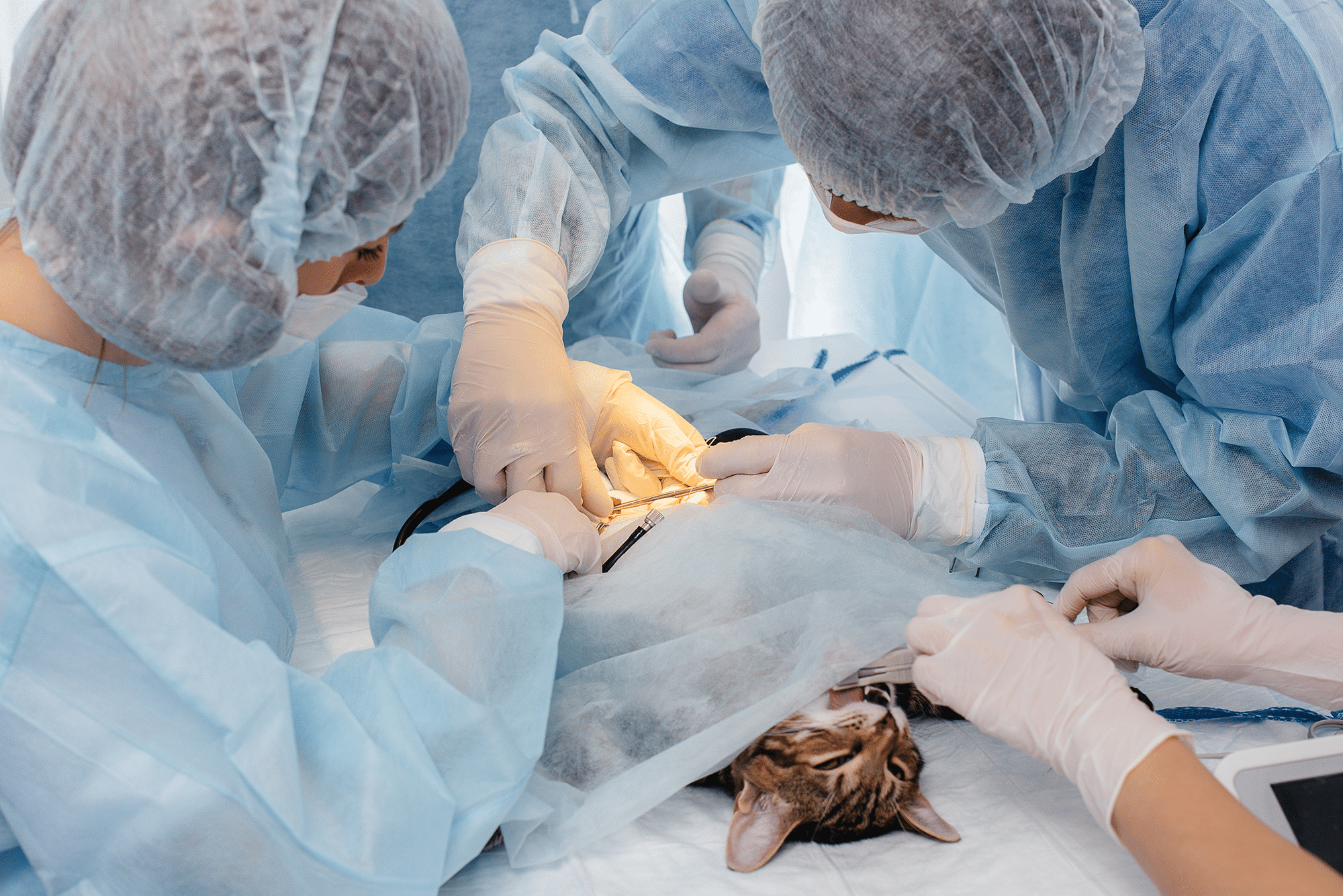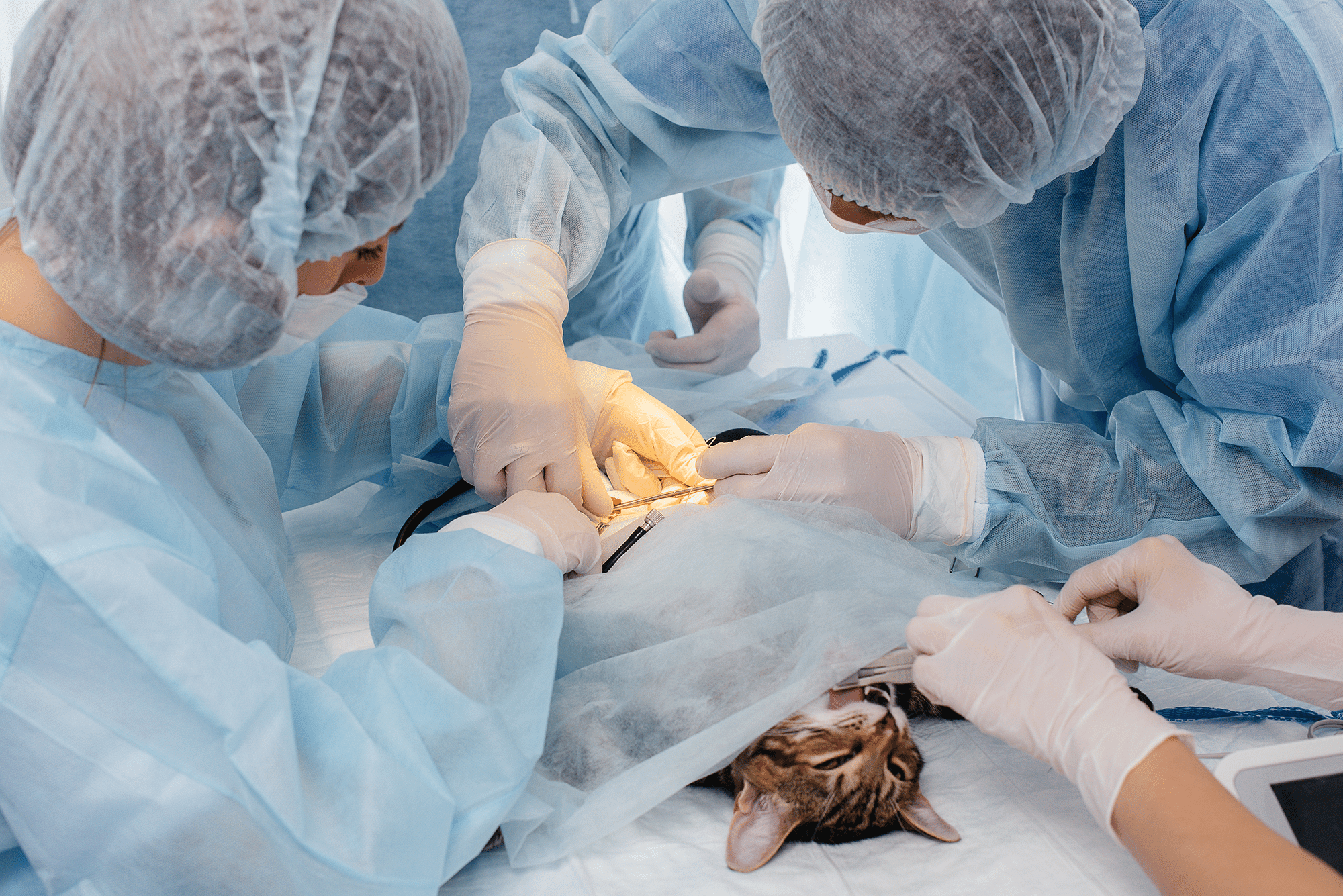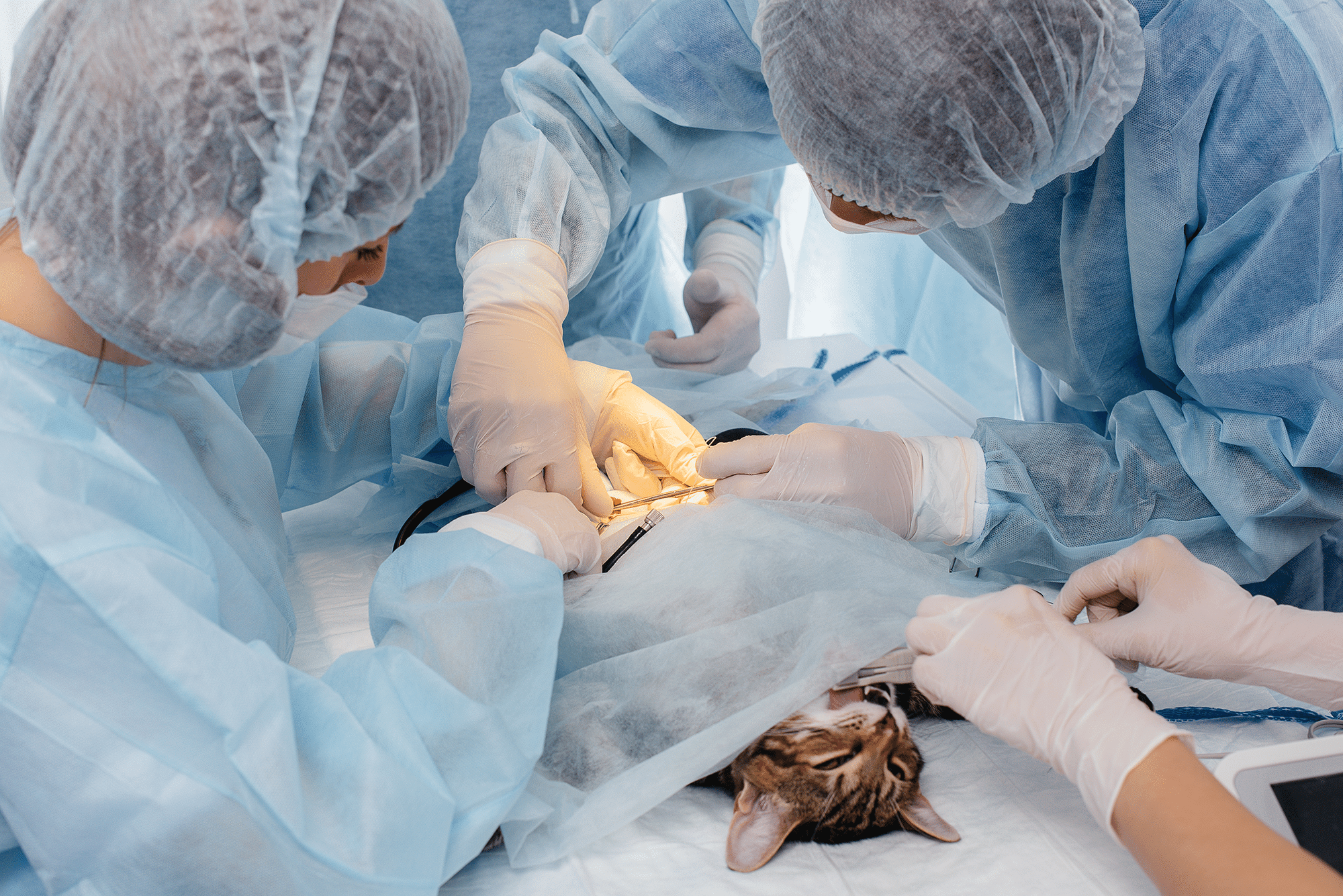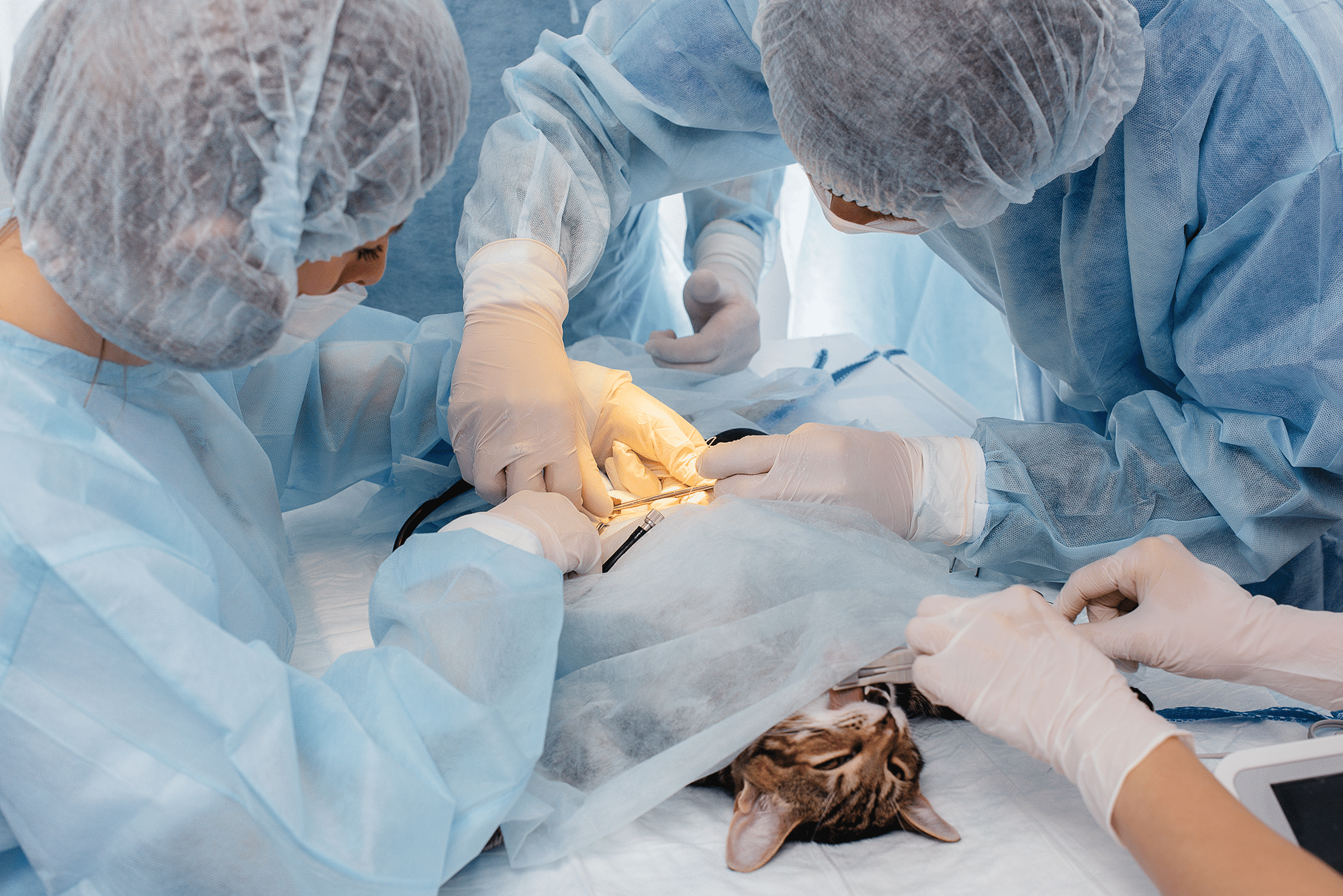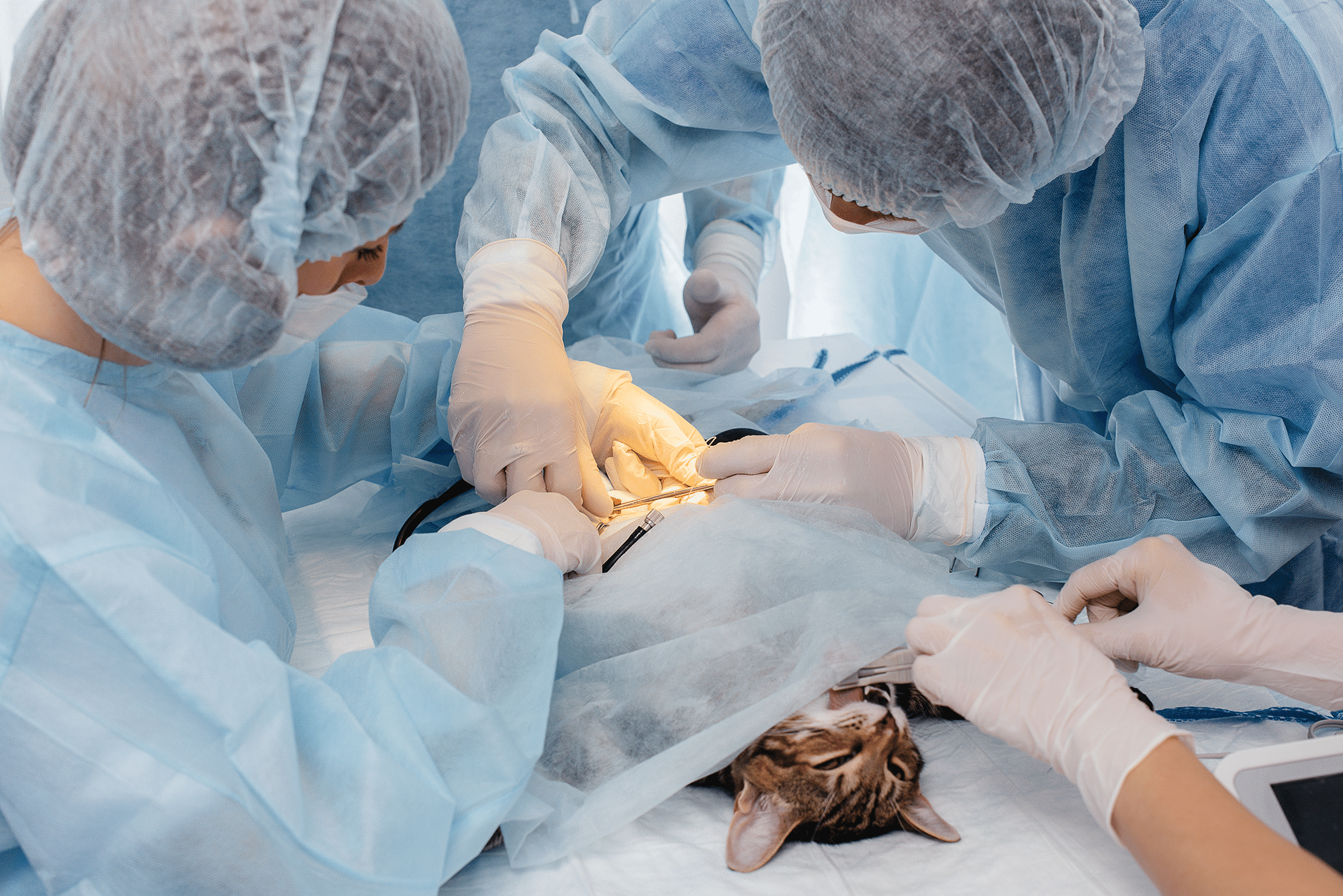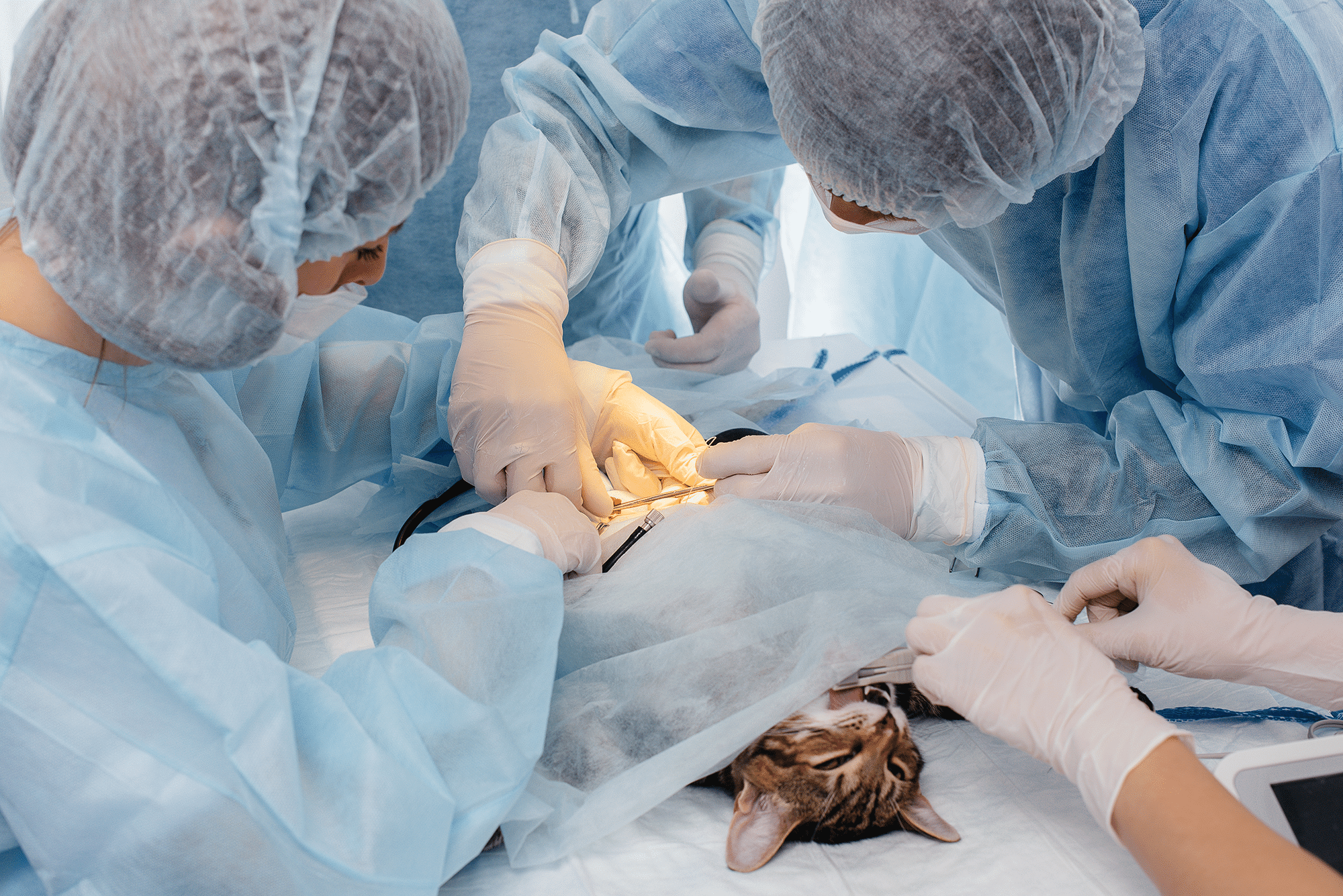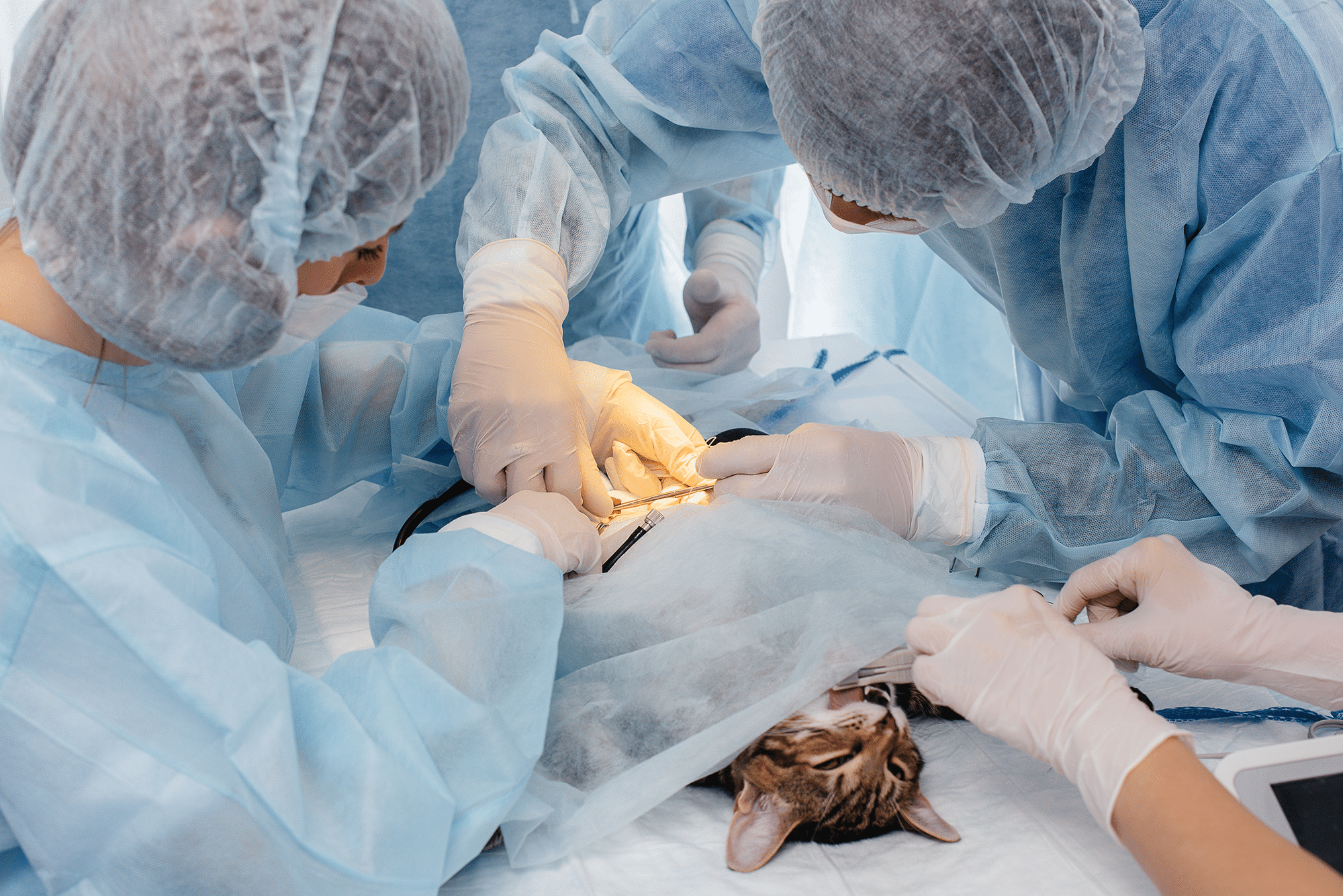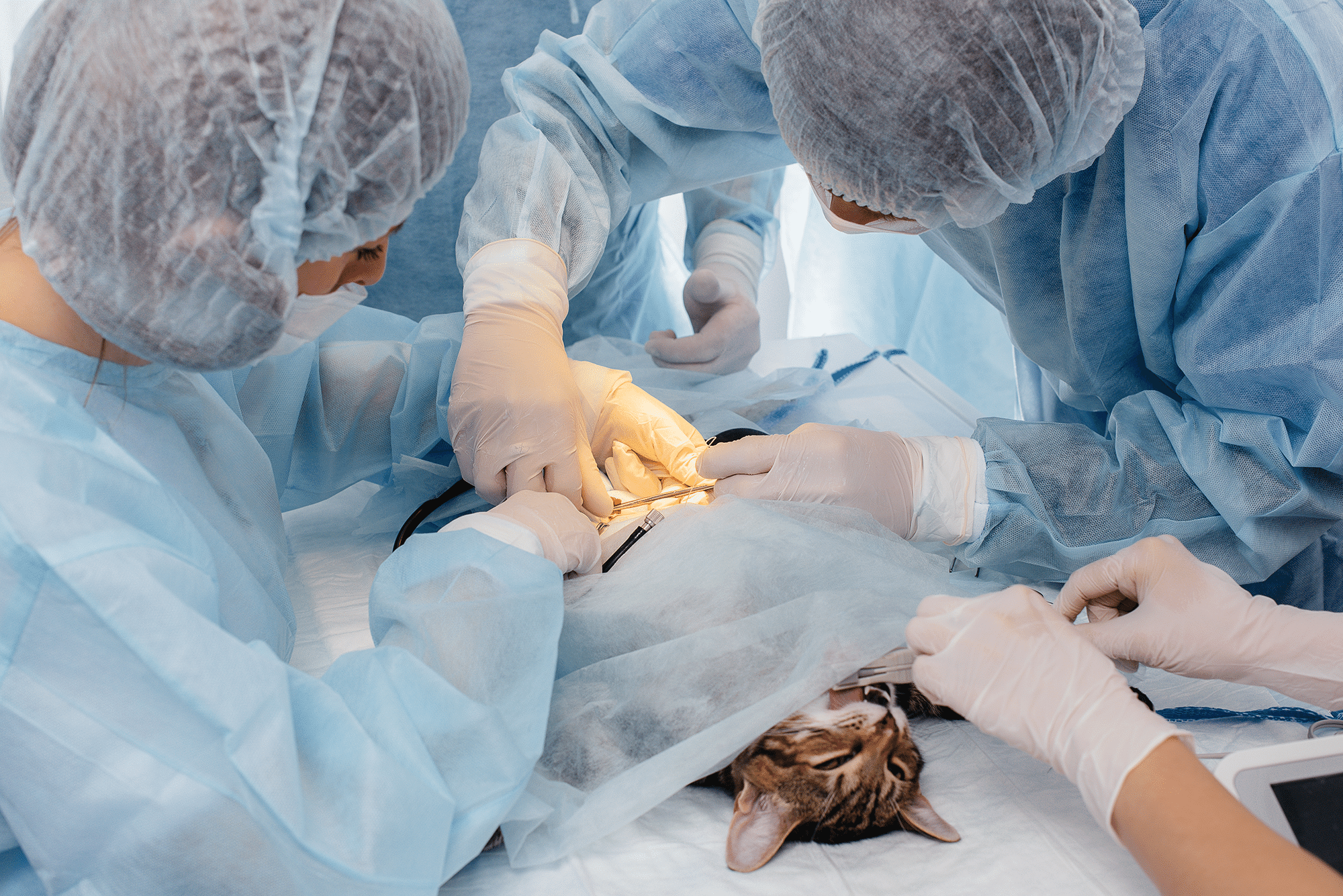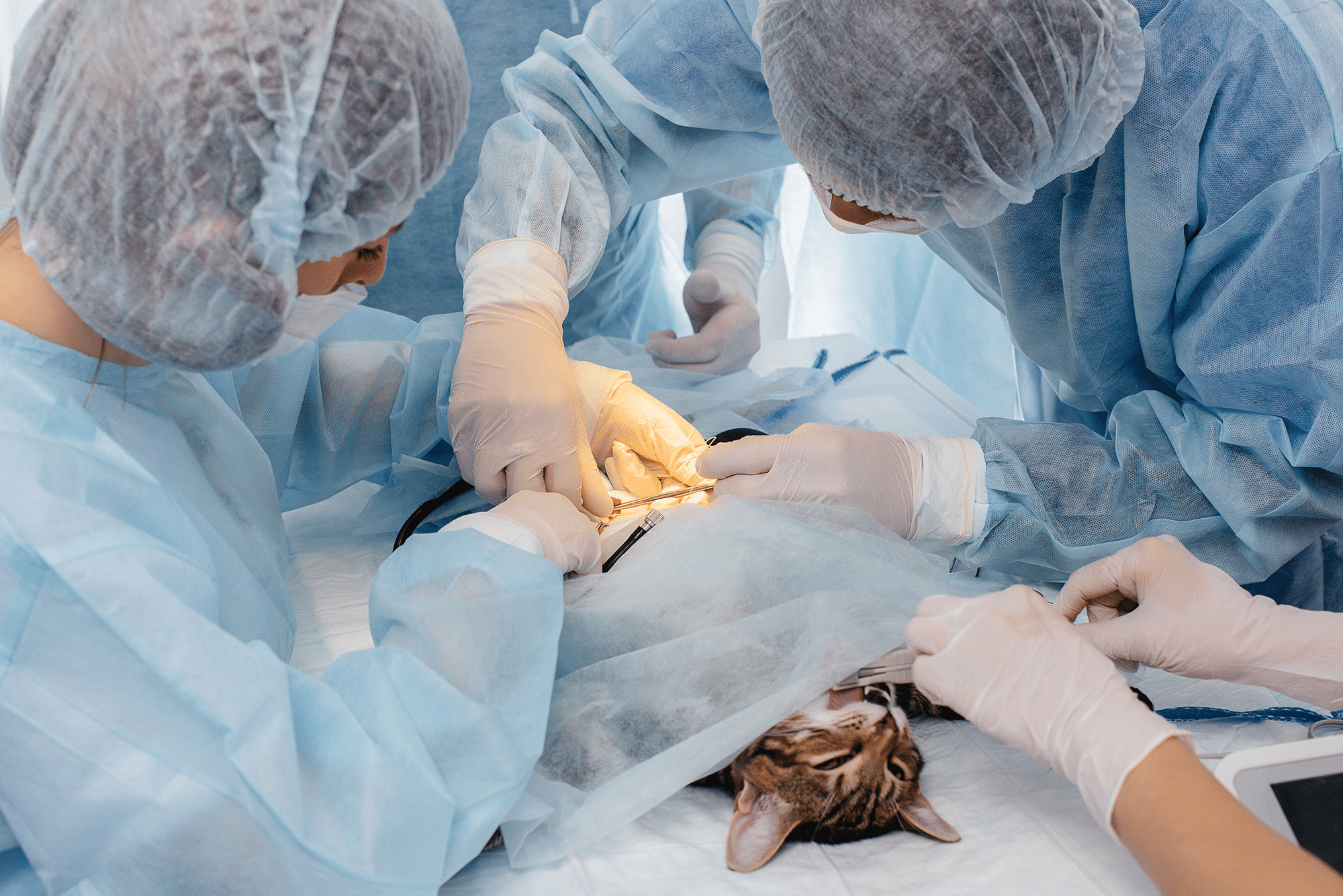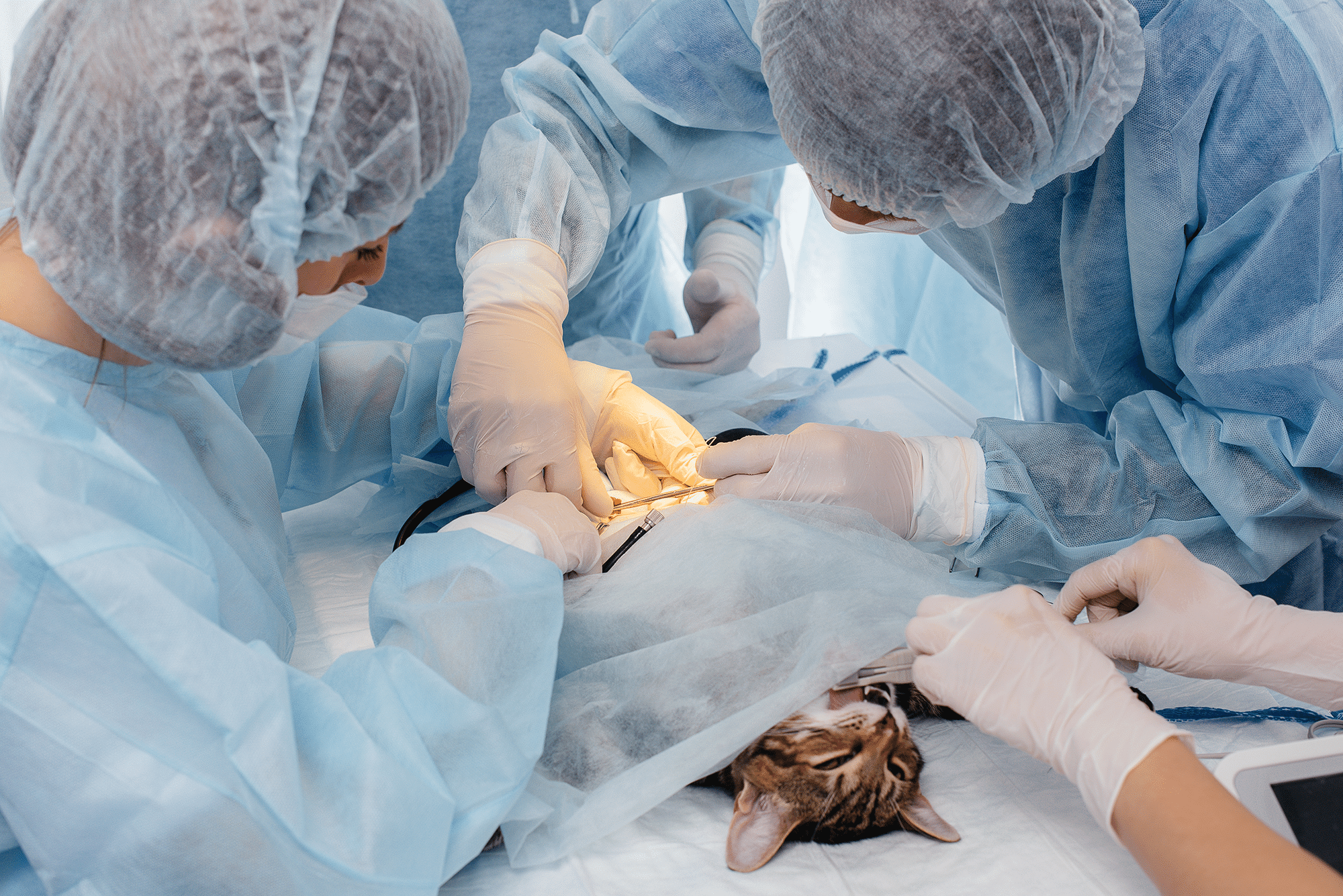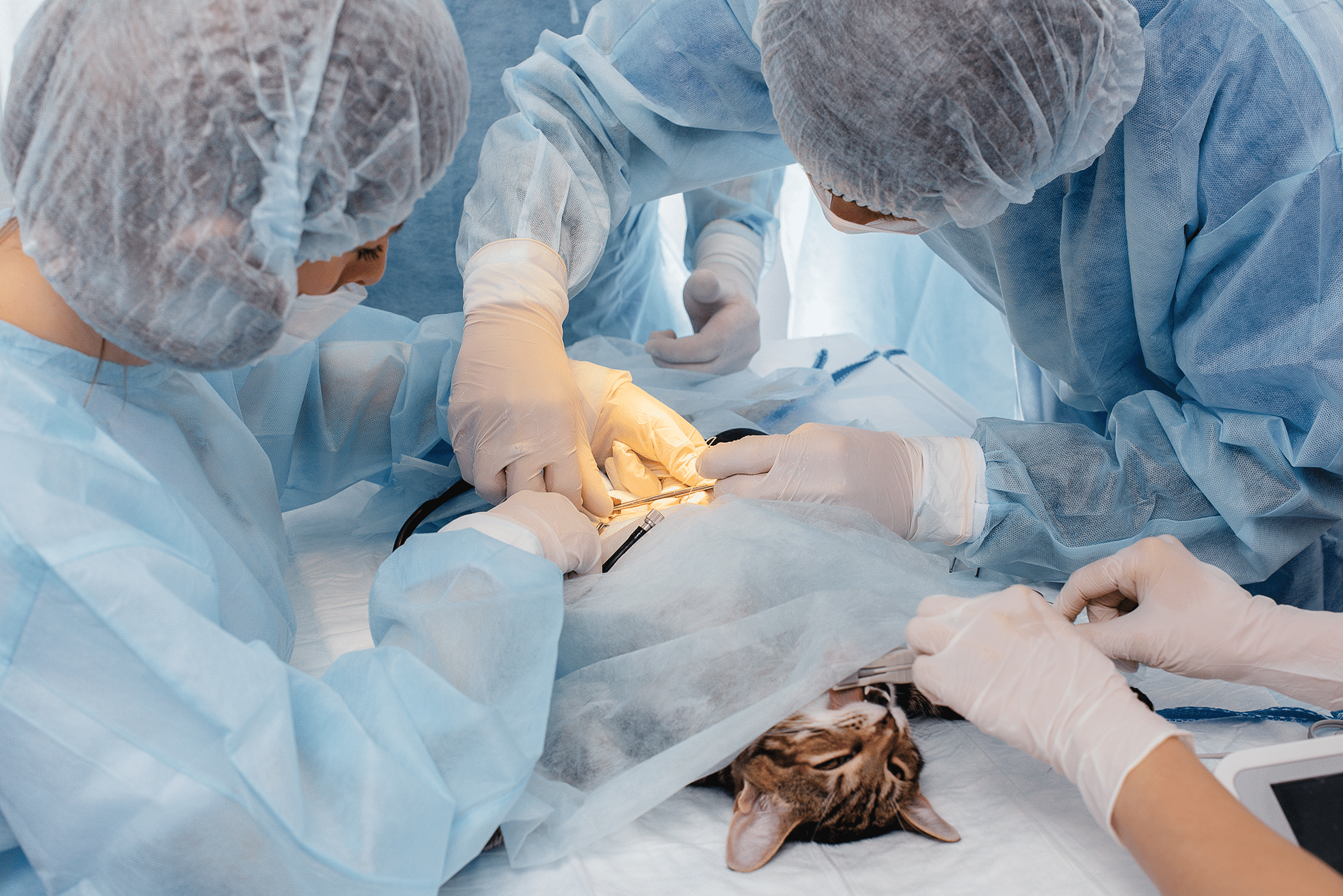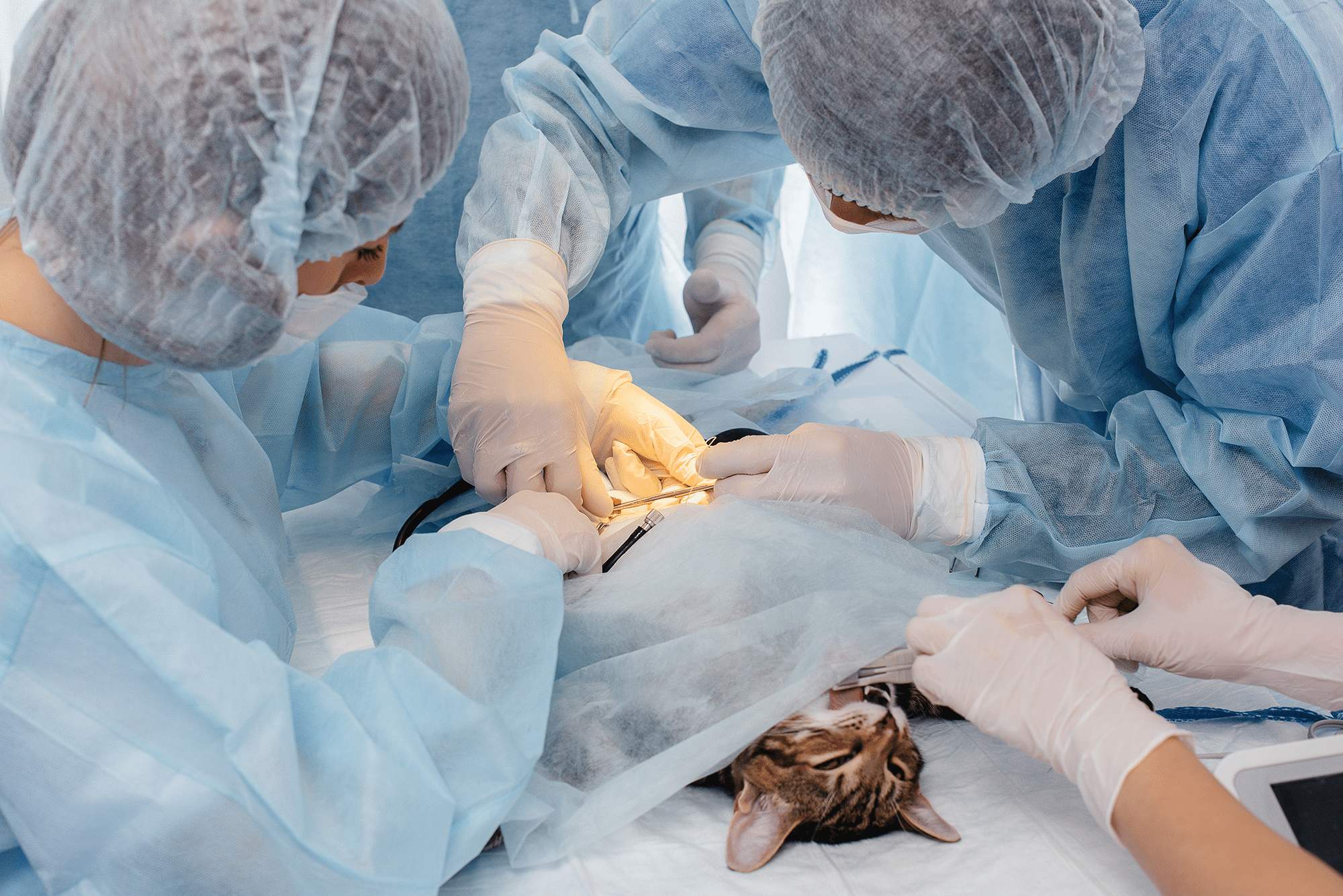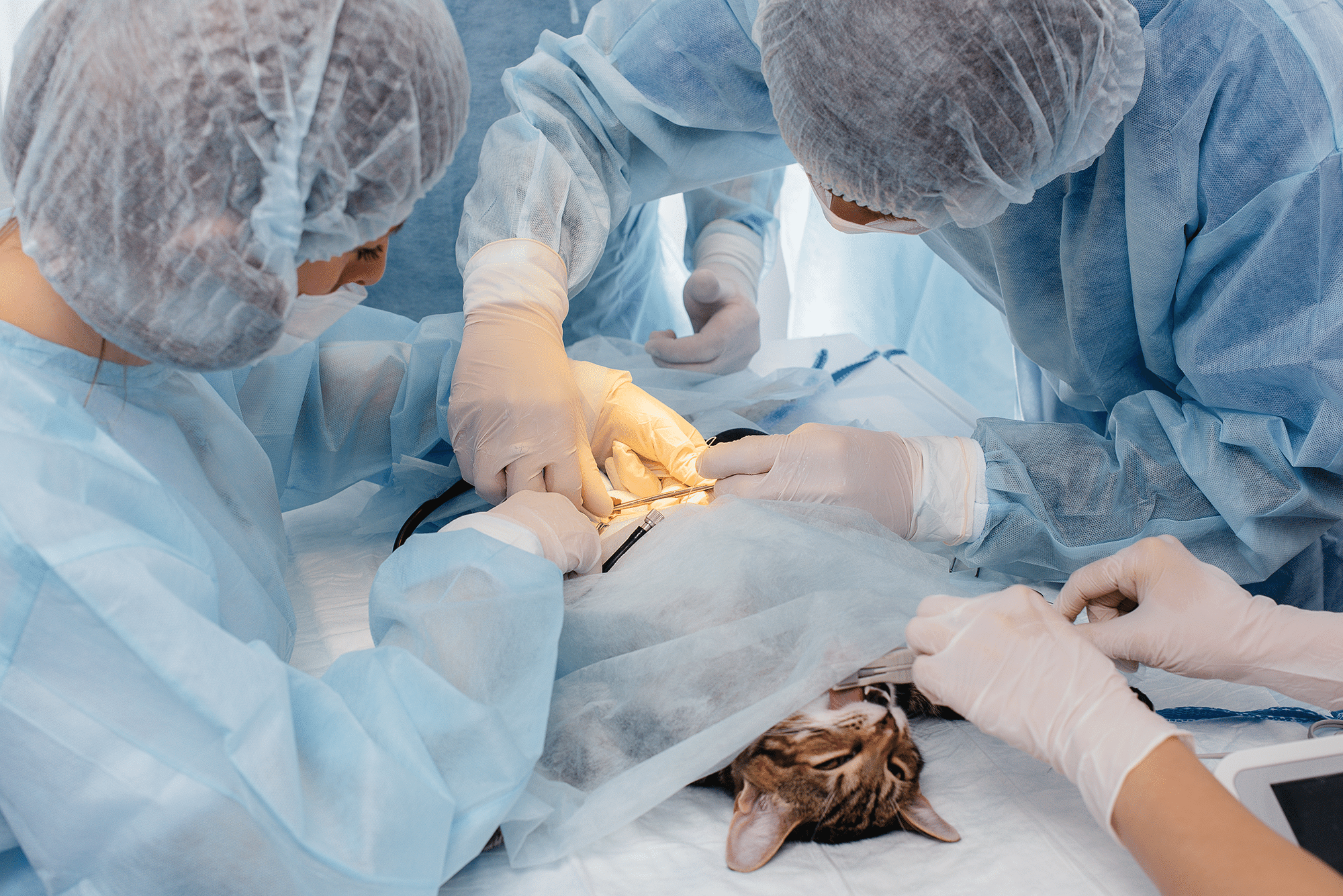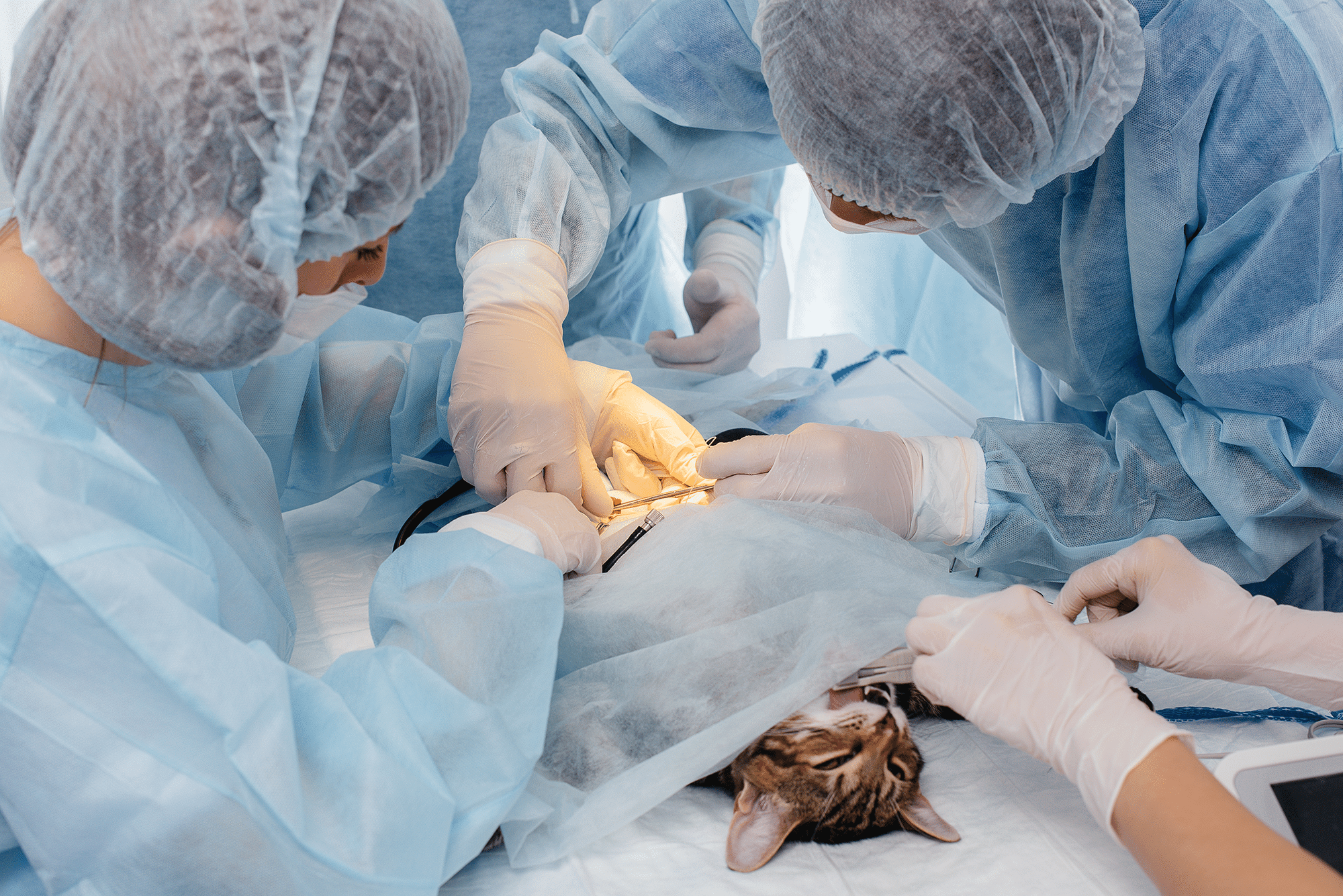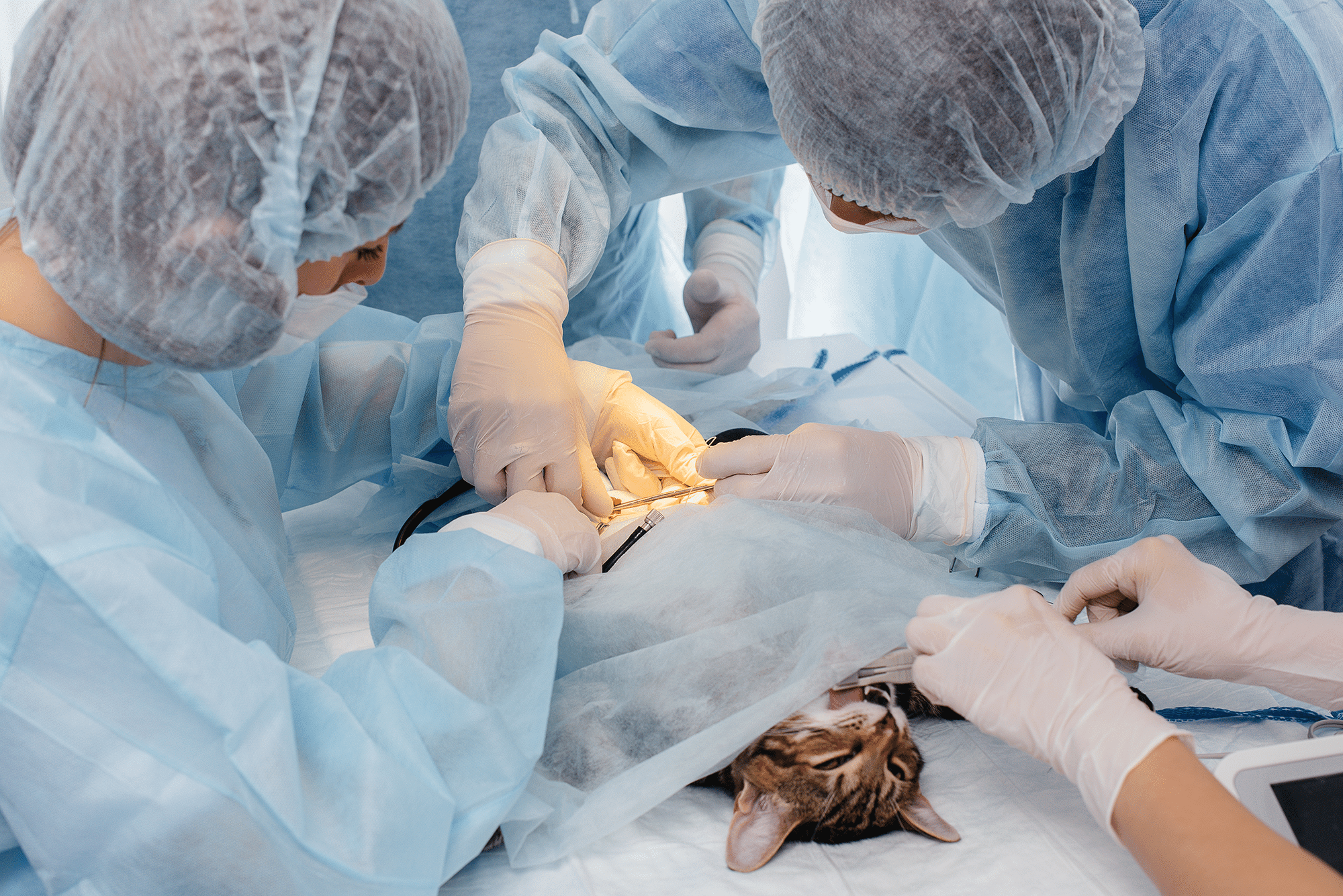Veterinary practices face unique risks when handling, storing, and administering controlled drugs. From Schedule 2 opi…
Veterinary Imaging Insurance: Essential Protection for Modern Veterinary Practices
The veterinary industry has undergone a technological revolution in recent decades, with advanced imaging equipment becoming increasingly essential for accurate diagnosis and treatment. From digital X-ray machines to MRI scanners and ultrasound equipment, these sophisticated tools represent significant investments for veterinary practices. However, with this technological advancement comes increased risk exposure, making veterinary imaging insurance a critical consideration for any practice utilizing diagnostic imaging equipment.
Understanding Veterinary Imaging Insurance
Veterinary imaging insurance is a specialized form of professional indemnity and equipment coverage designed specifically for veterinary practices that utilize diagnostic imaging technology. This insurance provides comprehensive protection against the unique risks associated with operating, maintaining, and interpreting results from imaging equipment such as X-ray machines, ultrasound devices, CT scanners, MRI machines, and digital radiography systems.
Unlike standard veterinary practice insurance, imaging insurance addresses the specific vulnerabilities that arise from the use of sophisticated diagnostic equipment. This includes coverage for equipment breakdown, professional liability related to imaging interpretation, radiation safety compliance, and the substantial financial exposure that comes with high-value imaging technology.
Key Coverage Areas
Equipment Protection
Equipment Protection forms the foundation of veterinary imaging insurance. Modern imaging equipment can cost anywhere from £20,000 for basic digital X-ray systems to over £500,000 for advanced MRI machines. This coverage protects against equipment breakdown, damage from power surges, mechanical failure, and accidental damage. It typically includes the cost of repairs, replacement equipment, and temporary rental equipment to maintain practice operations during repairs.
Professional Indemnity Coverage
Professional Indemnity coverage is equally crucial, protecting against claims arising from misdiagnosis, delayed diagnosis, or interpretation errors related to imaging studies. This coverage extends to situations where imaging results lead to incorrect treatment decisions, missed pathology, or delayed intervention that results in patient harm or owner dissatisfaction.
Business Interruption Protection
Business Interruption protection addresses the significant income loss that can occur when imaging equipment fails. Many veterinary practices rely heavily on imaging services for revenue generation, and equipment downtime can result in substantial financial losses. This coverage helps replace lost income and covers additional expenses incurred during equipment repairs or replacement.
Cyber Liability
Cyber Liability has become increasingly important as veterinary practices adopt digital imaging systems and cloud-based storage solutions. This coverage protects against data breaches, cyber attacks targeting patient records, and the costs associated with GDPR compliance failures related to digital imaging data.
Industry-Specific Risks
Veterinary imaging presents unique risks that standard business insurance may not adequately address. Radiation safety compliance is a significant concern for practices using X-ray equipment, with potential liability arising from improper radiation safety protocols, inadequate staff training, or equipment malfunction leading to excessive radiation exposure.
Equipment obsolescence represents another significant risk factor. Imaging technology evolves rapidly, and equipment that becomes obsolete may be difficult or expensive to repair. Insurance policies must account for the depreciation and technological advancement cycles specific to veterinary imaging equipment.
Calibration and maintenance requirements for imaging equipment are stringent, and failure to maintain proper calibration can lead to misdiagnosis claims. Insurance coverage should address the costs associated with regular calibration, preventive maintenance, and the liability exposure from equipment that falls out of calibration.
Staff training and competency issues can also create liability exposure. Veterinary imaging requires specialized knowledge and skills, and inadequately trained staff can create significant professional liability risks. Coverage should extend to claims arising from staff training deficiencies or competency gaps.
Benefits of Specialized Coverage
Veterinary imaging insurance provides several key benefits that generic business insurance cannot match. Equipment replacement value coverage ensures that practices can replace damaged or obsolete equipment with current technology rather than being limited to the depreciated value of older equipment.
Specialized claims handling is another significant advantage. Insurance providers with veterinary imaging expertise understand the technical complexities involved in equipment failures and professional liability claims, leading to more efficient and appropriate claim resolution.
Risk management support often accompanies specialized coverage, providing practices with guidance on equipment maintenance protocols, staff training requirements, radiation safety compliance, and best practices for minimizing liability exposure.
Coverage flexibility allows practices to tailor their insurance to their specific equipment mix and risk profile. Whether a practice operates basic digital radiography or sophisticated cross-sectional imaging, coverage can be customized to match the actual risk exposure.
Choosing the Right Coverage
Selecting appropriate veterinary imaging insurance requires careful assessment of several factors. Equipment valuation should be based on replacement cost rather than depreciated value, ensuring adequate coverage for technological upgrades that may be necessary when replacing failed equipment.
Coverage limits should reflect both the value of equipment and the potential liability exposure from professional claims. High-value imaging equipment may require coverage limits that exceed standard professional indemnity policies.
Deductible structures can significantly impact both premium costs and out-of-pocket expenses during claims. Practices should balance premium savings from higher deductibles against their ability to absorb equipment repair or replacement costs.
Policy exclusions require careful review, particularly regarding pre-existing equipment conditions, wear and tear limitations, and coverage gaps during equipment upgrades or installations.
Implementation Best Practices
Successful implementation of veterinary imaging insurance begins with comprehensive equipment documentation. Maintain detailed records of all imaging equipment, including purchase dates, serial numbers, maintenance history, and current replacement values. This documentation is essential for accurate coverage determination and efficient claims processing.
Regular equipment maintenance and calibration protocols should be documented and followed consistently. Insurance providers may require evidence of proper maintenance as a condition of coverage, and failure to maintain equipment properly can void coverage or complicate claims.
Staff training documentation is equally important. Maintain records of staff training on imaging equipment operation, radiation safety protocols, and image interpretation competencies. This documentation can be crucial in defending against professional liability claims.
Risk assessment procedures should be implemented to identify and address potential hazards associated with imaging equipment operation. Regular safety audits, equipment inspections, and protocol reviews can help prevent incidents and demonstrate due diligence to insurance providers.
Cost Considerations
Veterinary imaging insurance premiums vary significantly based on several factors. Equipment type and value represent the primary cost drivers, with high-value equipment such as MRI or CT scanners commanding higher premiums than basic radiography systems.
Practice volume and case complexity also influence premium calculations. Practices handling high-volume imaging or complex cases may face higher professional liability exposure and correspondingly higher premiums.
Claims history affects premium pricing, with practices maintaining clean claims records often qualifying for preferred rates. Conversely, practices with frequent equipment claims or professional liability issues may face higher premiums or coverage restrictions.
Geographic location can impact premiums due to varying regulatory requirements, equipment service availability, and regional claims frequency patterns.
Regulatory Compliance
Veterinary imaging insurance must address various regulatory compliance requirements. Radiation safety regulations require practices using X-ray equipment to maintain specific safety protocols, training records, and equipment maintenance standards. Insurance coverage should address the liability exposure from regulatory violations and the costs associated with compliance maintenance.
Data protection requirements under GDPR and other privacy regulations create additional compliance obligations for practices using digital imaging systems. Insurance coverage should include cyber liability protection and regulatory defense coverage for data protection violations.
Professional licensing requirements may specify minimum insurance coverage levels for practices offering imaging services. Ensure that coverage meets or exceeds regulatory minimums and provides adequate protection for the practice's actual risk exposure.
Claims Management
Effective claims management is crucial for maintaining coverage and controlling costs. Immediate notification of equipment failures or potential professional liability issues is essential for preserving coverage rights and enabling prompt claims investigation.
Documentation preservation becomes critical during claims situations. Maintain all relevant records, including equipment maintenance logs, staff training records, patient files, and incident reports. This documentation can be crucial for successful claims resolution.
Cooperation with insurance providers during claims investigation and resolution is typically required under policy terms. Provide requested information promptly and work collaboratively with claims adjusters and technical experts to expedite resolution.
Future Considerations
The veterinary imaging landscape continues to evolve rapidly, with new technologies and applications emerging regularly. Artificial intelligence integration in imaging interpretation, portable imaging devices, and telemedicine applications are creating new risk exposures that insurance coverage must address.
Equipment connectivity and cloud-based systems are increasing cyber security risks, requiring enhanced cyber liability coverage and risk management protocols. Practices must stay current with evolving threats and ensure their insurance coverage adapts accordingly.
Regulatory changes in areas such as radiation safety, data protection, and professional standards may require coverage adjustments and compliance protocol updates. Regular policy reviews ensure that coverage remains adequate and compliant with changing requirements.
Conclusion
Veterinary imaging insurance represents an essential investment for any practice utilizing diagnostic imaging technology. The substantial equipment values, complex professional liability exposures, and specialized regulatory requirements create risk profiles that standard business insurance cannot adequately address.
Successful veterinary imaging insurance implementation requires careful assessment of equipment values, liability exposures, and regulatory requirements. Working with insurance providers who understand the veterinary imaging industry ensures appropriate coverage design and effective claims support when needed.
The investment in specialized veterinary imaging insurance provides peace of mind, financial protection, and risk management support that enables practices to focus on delivering high-quality diagnostic services while protecting their financial stability and professional reputation.
As veterinary imaging technology continues to advance, practices must ensure their insurance coverage evolves accordingly. Regular policy reviews, equipment valuations, and risk assessments help maintain adequate protection in this dynamic and technologically sophisticated field.


 0330 127 2333
0330 127 2333
